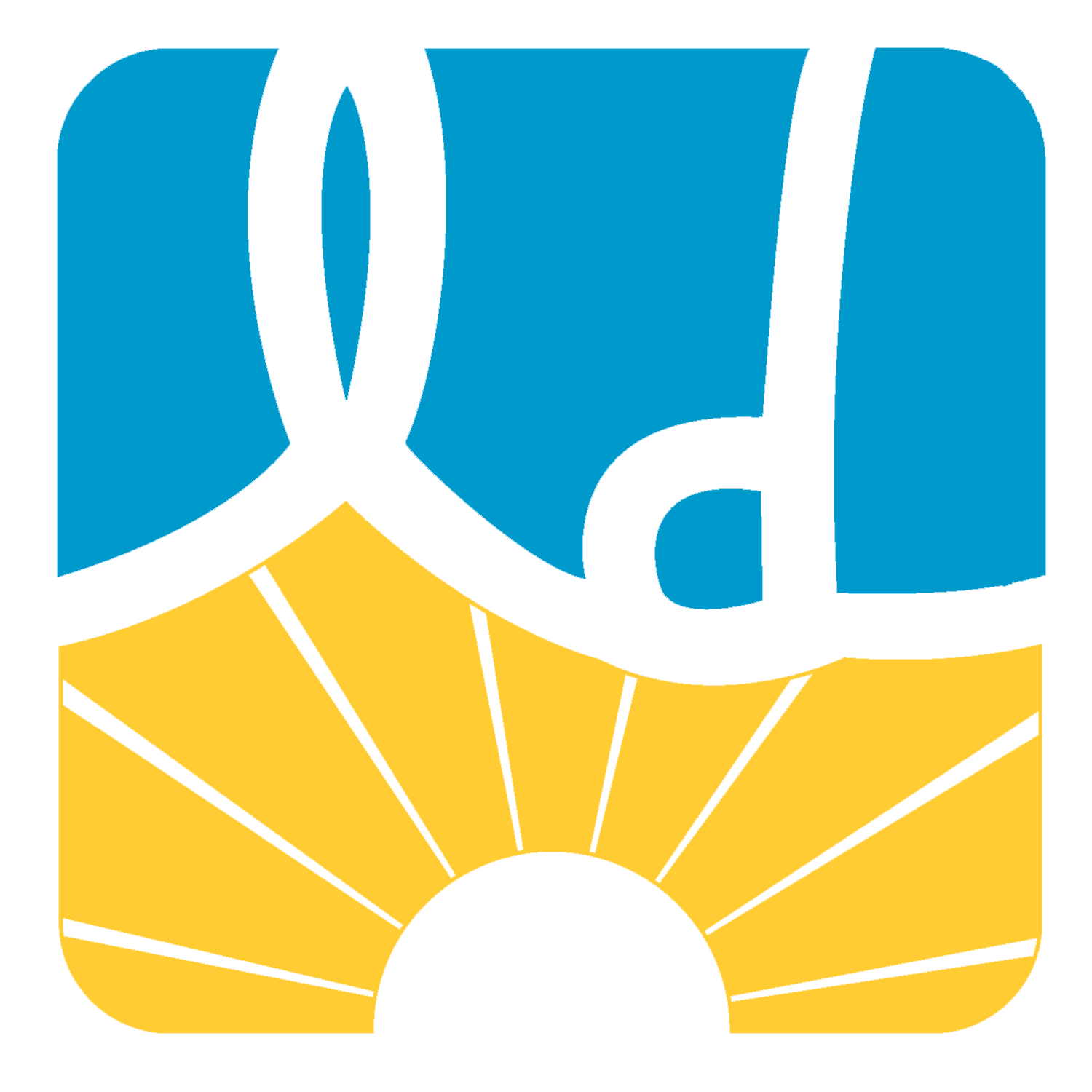Social Networks and Learning in Communities
Written by Dr. Jerry Stein
To say that family and community are at the heart of learning should dramatically alter our current school-centered approach to educating our children, but the next steps are not obvious.
How do we move from this new idea to practical communities that support learning?
Happily, there has been an enormous amount of writing and research in the past 30 years that suggest new approaches to education. In today’s post, we will consider a few highpoints in studies of learning networks, social capital, and social connectivity. These studies support a home and community centered understanding of education and learning.
Lawrence Cremin, award winning historian and former President of Teachers College at Columbia University, elucidates thisCopernican de-centering of schools by arguing that education and learning exist only in ecologies. By that he means that all people learn in a variety of ways at the same time in their lives. Schools are only one possible place to learn, and even if a person is in school, they are still involved in complex ecologies of learning in the rest of their lives. For example, a person’s ecology of learning might be made up of learning on the job, by pursuing a personal interest or aspiration, from being a parent, from significant life challenges, etc.
My own interviews with hundreds of people confirm Cremin’s view. People enjoy discussing the many ways that that they learn in their lives and often think about the shape their own ecologies of learning take. They can describe the places and connections where they learn, and they make efforts to extend or deepen their learning networks.
Robert Putnam’s approach to social capital and learning supports Cremin’s ecological model and is equally illuminating in its own right. Putnam describes the mutual trust generated in communities when people interact in neighborly and cooperative ways. In Italy where Putnam first studied these ideas he found associations such as choirs and soccer clubs, and ordinary daily acts such as volunteering and informal socializing laid the groundwork for trusting communities.
These interactions or relationships that generate mutual trust create what he calls social capital or civic capacity. He calls it civiccapacity because only when this underlying trust is in place do democratic communities have the capacity to effectively deal with many social issues they face, from collecting the garbage to educating the public. Thus education success rests, in Putnam’s view, on creating connected trusting communities. Such communities are the foundation for Cremin’s ecologies of learning.
Indeed, Putnam’s work helps one imagine how the ecologies that Cremin describes could be brought into existence as they are supported through the day-to-day lives of people as they socialize and develop trust in numerous small but important ways.
Many people seem to think that the strength of these communities and their learning networks are determined by social class, i.e. how much money you have determines how well you will do in the world of learning. But Mario Small, a sociologist at the University of Chicago, challenges certain assumptions about poor communities when he argues that “the notion of a typical poor neighborhood is unhelpful”.
Small’s nuanced and closely reasoned arguments suggest that far more than economics must be taken into account when assessing the vitality of community life. In the community he writes about, a Boston barrio called Villa Victoria, he states that “culture mattered” and distinguishes between the original residents, whose basic socialization was in rural Puerto Rico, and their children and grandchildren, who grew up in an urban neighborhood in the United States and lived the “tale of modern second generation assimilation”.
Small’s invocation of the generation of people who were raised in Puerto Rico may remind his readers of traditional communities, as he describes how people could move to Boston yet still maintain ways of living that they grew up with in small towns and villages.
Of course we do not need scientific research to show us that strong communities have existed throughout human history. But perhaps we have been forgetting how crucial these simple ways of being in local communities are to our well-being. And most importantly, perhaps we do not realize that the things we need to survive in the post-modern world—sophisticated learning skills and globalized connectivity—require grounding in healthy communities and families that are connected with each other and the society around them, connected in some fairly old fashioned ways. The research on learning ecologies and social capital helps us understand and relearn these truths.
The insights provided suggest that if we are to take seriously the idea that family and community are at the heart of learning, then efforts to support learning must strengthen the variety of relationships that are fundamental to family and community life.
References:
Cremin, L. A. (1976). Public Education.
Putnam, R., Leonardi, R., and Nanetti, R. (1996). Making Democracy Work: Civic Traditions in Modern Italy.
Small, M. L. (2004). Villa Victoria: The Transformation of Social Capital in a Boston Barrio.

